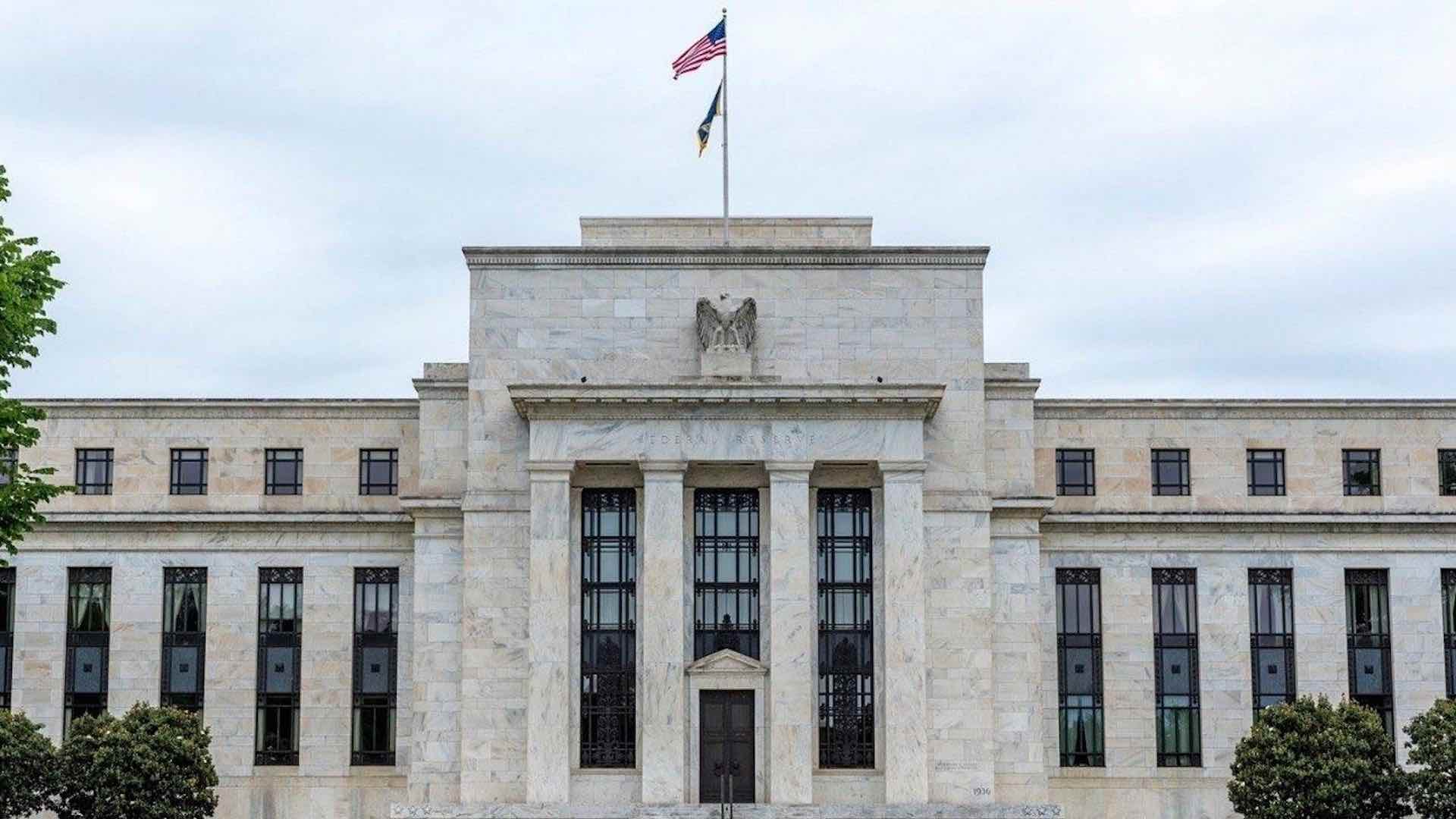The conclusion of the Federal Reserve’s recent two-day policy meeting brought with it a decision to keep interest rates steady. This came as somewhat of a surprise, given the central bank’s aggressive approach over the past year and a half, during which it has raised its benchmark borrowing rate a whopping 11 times. Such rapid tightening had not been witnessed since the early 1980s. While this might seem like a welcome pause for some, it doesn’t necessarily translate to immediate financial relief for the average American household. With the federal funds rate – the rate at which banks lend to each other overnight – hovering between 5.25% and 5.5%, borrowing costs remain dauntingly high.
This rate, the highest in over two decades, invariably influences the interest rates consumers encounter daily. Tomas Philipson, a distinguished economist from the University of Chicago and ex-chair of the White House Council of Economic Advisers, expresses deep concern. He points out that consumers face a double whammy: not only are real wages falling, but interest rates are also on the upswing. In concrete terms, real average hourly earnings took a 0.5% hit in August, intensifying the strain on households that are already juggling various debts, from credit cards to student loans.
Speaking of credit cards, the scenario looks grim. Given the close tie between most credit cards’ variable rate and the Fed’s benchmark, as the federal funds rate has ascended, so have credit card rates. Presently, credit card annual percentage rates are soaring beyond 20% on average. With the inflationary pressures making goods and services more expensive, an increasing number of consumers are carrying forward their credit card balances, warns Matt Schulz, the chief credit analyst at LendingTree.
The housing market isn’t faring any better. Prospective homeowners have found their purchasing power significantly curtailed, thanks in part to the inflationary environment and the Federal Reserve’s policies. Notably, the average rates for a 30-year, fixed-rate mortgage have surged past the 7% mark. Other home-related loans, especially adjustable-rate mortgages and home equity lines of credit, have also felt the heat of the Federal Reserve’s actions, with rates at historic highs. Vehicle purchasers are feeling the pinch too. With both car prices and interest rates on the rise, the average rate for a five-year new car loan now stands at a 15-year high of 7.46%.
While the landscape for borrowers seems bleak, savers have a silver lining to look forward to. The central bank’s actions, albeit indirectly, have nudged deposit rates upward. For instance, online savings account rates, buoyed by lower overheads, are now offering over 5% returns, a figure not seen in over 15 years. In conclusion, while the Federal Reserve’s decision to maintain rates might appear as a respite on the surface, the underlying economic factors suggest that Americans must tread with caution, making astute financial choices in these turbulent times.

